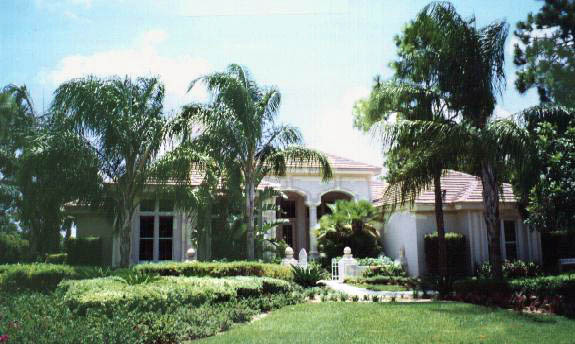NEIGHBORHOOD LIFE CYCLE
Understanding the Neighborhood Life Cycle in Real Estate
Neighborhoods, much like living organisms, undergo a series of discernible stages that collectively form the neighborhood life cycle. This framework provides valuable insights into the evolution of residential areas, encompassing physical, social, and economic changes that influence property values, community dynamics, and investment prospects.
The Stages of the Neighborhood Life Cycle
Stage 1:
Growth and Development
During this initial stage, a neighborhood experiences significant growth and development. New infrastructure, amenities, and housing projects contribute to an influx of residents and heightened economic activity. Property values tend to appreciate as demand for housing in the burgeoning neighborhood increases.
Stage 2:
Stability
In the stability stage, the neighborhood matures as infrastructure reaches a state of completion, and the community establishes a sense of cohesion. Property values stabilize, and the neighborhood becomes an established residential area with enduring appeal to homeowners and investors.
Stage 3:
Decline
In some instances, neighborhoods may enter a stage of decline characterized by aging infrastructure, diminishing property values, and a waning appeal to prospective residents. This phase often presents opportunities for real estate investors seeking to revitalize and rejuvenate the neighborhood.
Stage 4:
Revitalization or Renewal
Stage 4:
Revitalization or Renewal
Through strategic interventions and reinvestment, declining neighborhoods can undergo revitalization, leading to improved infrastructure, renewed community engagement, and an uptick in property values. Revitalized neighborhoods often attract new residents and businesses, fostering a reinvigorated sense of vibrancy and desirability.
Navigating the Neighborhood Life Cycle in Real Estate
Investment Opportunities
Understanding the neighborhood life cycle equips real estate investors with the foresight to identify opportune moments for property acquisition. Whether targeting emerging neighborhoods with growth potential or revitalization opportunities in declining areas, aligning investments with the neighborhood life cycle can yield favorable returns.
Community Dynamics and Lifestyle
For homebuyers, recognizing the stage of the neighborhood life cycle can offer valuable insights into community dynamics, amenities, and long-term prospects. This awareness enables prospective homeowners to make informed decisions that harmonize with their lifestyle and investment goals.
Conclusion
The neighborhood life cycle serves as a guiding framework for comprehending the dynamic evolution of residential areas, presenting real estate stakeholders with valuable foresight and strategic opportunities. By discerning the distinct stages of neighborhood development and employing informed assessments, individuals involved in real estate can navigate the complexities of property investment and homeownership with acumen and insight.
In conclusion, the neighborhood life cycle encapsulates the ebb and flow of residential areas, reflecting the interplay of physical, social, and economic forces that shape communities over time. Embracing the nuances of this life cycle is instrumental in making astute real estate decisions that align with individual objectives and market dynamics.
MORE REAL ESTATE TERMS
A, B, C, D, E, F, G, H, I, J, K, L, M, N, O, P, Q, R, S, T, U, V, W, X, Y, Z
Featured New Home

Featured Mortgage Brokers
- LIBERTY HOME EQUITY SOLUTIONS INC, STAMFORD, CT
263 TRESSER BLVD FL 9
STAMFORD, CT 6901 - BANK OF AMERICA NA CHARLOTTE, FOREST HILLS, NY
10510 QUEENS BLVD STE 2
FOREST HILLS, NY 11375 - Blue Square Mortgage LLC, mortgage broker in Seattle, WA
4212 33rd Ave W
Seattle, WA 98199 - GATEWAY FUNDING DIVERSIFIED MTG SRVS LP, CARMEL, IN
600 E CARMEL DR STE 169
CARMEL, IN 46032 - REVERSE MORTGAGE SOLUTIONS INC, NEWBURGH, NY
700 CORPORATE BLVD
NEWBURGH, NY 12550